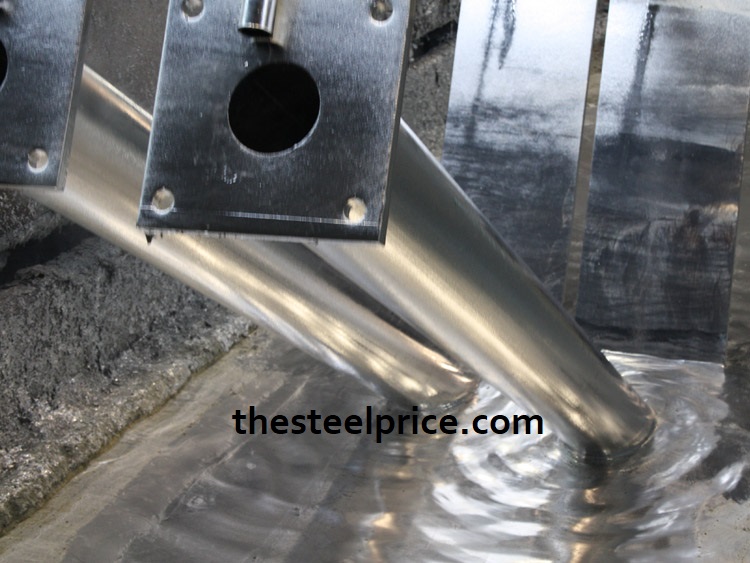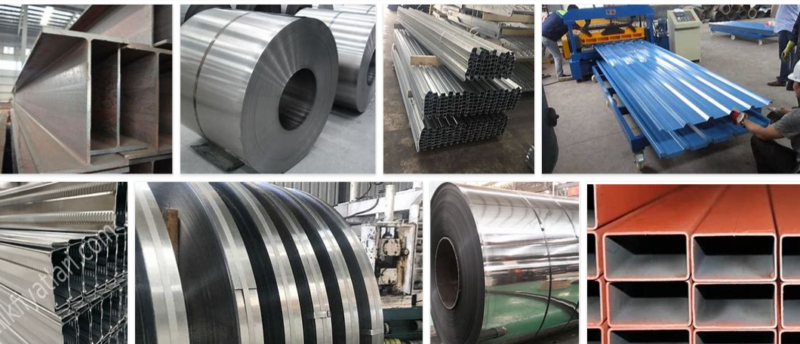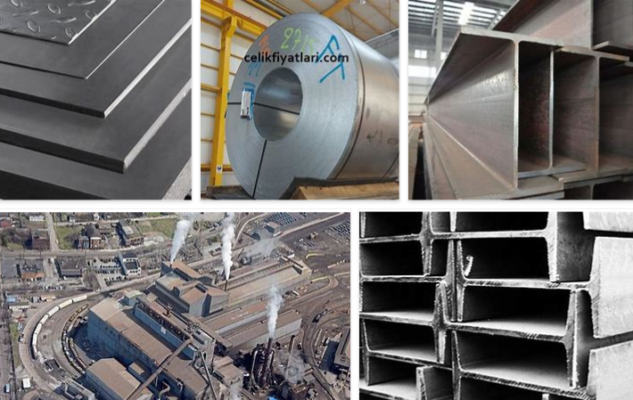What is Hot Dip Galvanized? Hot Dip Galvanized Price
Hot dipped galvanized, with the abbreviation SDG, is made to protect the Hot Dip Galvanized from corrosion. To ensure that the steels to be used in various sectors such as white goods and automotive do not rust for a long time. By coating the steel with zinc, a long time resistance can be obtained against corrosion. Surface structure, zinc coating application, mechanical and atmospheric changes of steel change with zinc coating. In this way, the equipment is much better quality.
Before the hot dip galvanizing process, the steel material has preparatory stages. After the hot dip treatment is finished, the process comes from the quality control, the quality test here examines the version such as surface condition, zinc runoff and oxidation. The equipment that has received approval from the quality control is ready to be shipped. Galvanizing production process is as follows:
Hot Dip Galvanized Coating
It must be completed for a good coating for the steel. If there are residues on it, there will be clumps after galvanized coating. This is sometimes the surface cleaning process of the material. It is not peaceful to acidify chemical substances such as oil and grease on the steel surface. In order to make this process more peaceful, the material is put into the degreasing bath. As an alkaline bath, the paint is cleaned by this process. Alkaline salts used during degreasing are sold in powder or crystal form. It is prepared by dissolving in water according to the instructions for use.
Surface Cleaning with Acid
If there is rust on the steel material, the degreasing process will not disappear. The oxide layer in the metal will prevent the iron from reacting with the zinc during galvanizing. This may have gotten rid of the acid layer. Hydrochloric acid is used in surface cleaning with acid. The acid of the pool can be measured at certain intervals and can be activated by iron acid immersed in the pool. Inhibitory shear, which is a substance that enters as it enters and does not affect the reaction rate to protect iron.
The material should be removed from the pool where it was thrown in time. This stage has critical importance in galvanized coating. If it remains too much, abrasions may be observed on the surface. Since the rust rate in each material is not the same, it must be attached to different hangers. It should be checked throughout the application and the rust-free materials should be removed from the bath. The room is studied in order to prevent any harmful gas from the acid bath.
Rinse
Rinsing is done to remove the hydrochloric acid remaining on the surface of the material. The material is dipped into the water-filled pool and taken out. Thus, the main topic is ready in one step. This process takes a short while, but needs to be done carefully.
Hot Dip Galvanized
It is immersed in a linen bath to corrode the steel surface before galvanizing. During hot galvanizing, a fast reaction between iron and zinc is desired. Thanks to the fast reaction, a smoother surface is obtained. Flax process does not have residues left in the material immediately after previous processes. Dusts on the surface of the linen bath are useful during galvanizing. In this way, steel and zinc react more peacefully.
Drying
The stage is started immediately after the flax process. At this stage, the job hazard is important. If the material is not dried, it can explode when immersed in the pool. The explosion will cause zinc depletion and environmental pollution. Evaporation of flux chatter in the material during the drying period. In this way, a thin flux layer remains on the surface.
Galvanized
A steel cladding is brought, which has successfully passed the preparatory processes and approved by qualified controllers suitable for galvanizing. Here, the study of coating by immersing in a zinc pool for a certain period of time. How long will the material take to be calculated depending on the weight and thickness of the pool.
For the coating to take place, its temperature must remain in the pool until bath temperature. The coating of the material becomes a thin oxide layer and chemicals from previous processes on the surface of the pool. The residues on the surface must be removed before the material is removed. Thus, the quality of the coating obtained does not decrease.
Cooling-Watering
The material, which has finished the galvanizing process, starts to cool rapidly after reaching 400 degrees. The decrease in temperature causes the zinc cover on its surface to thicken. It can be cooled in water, air or oil. If it is to be done in air, the environment should be free of dust. Otherwise, this application will not work well. Cooling in water provides very fast cooling. In this case, a query occurs on the surface. If a very smooth surface is desired, water cooling should not be done. However, by cooling the part both with water and partially cooling it



